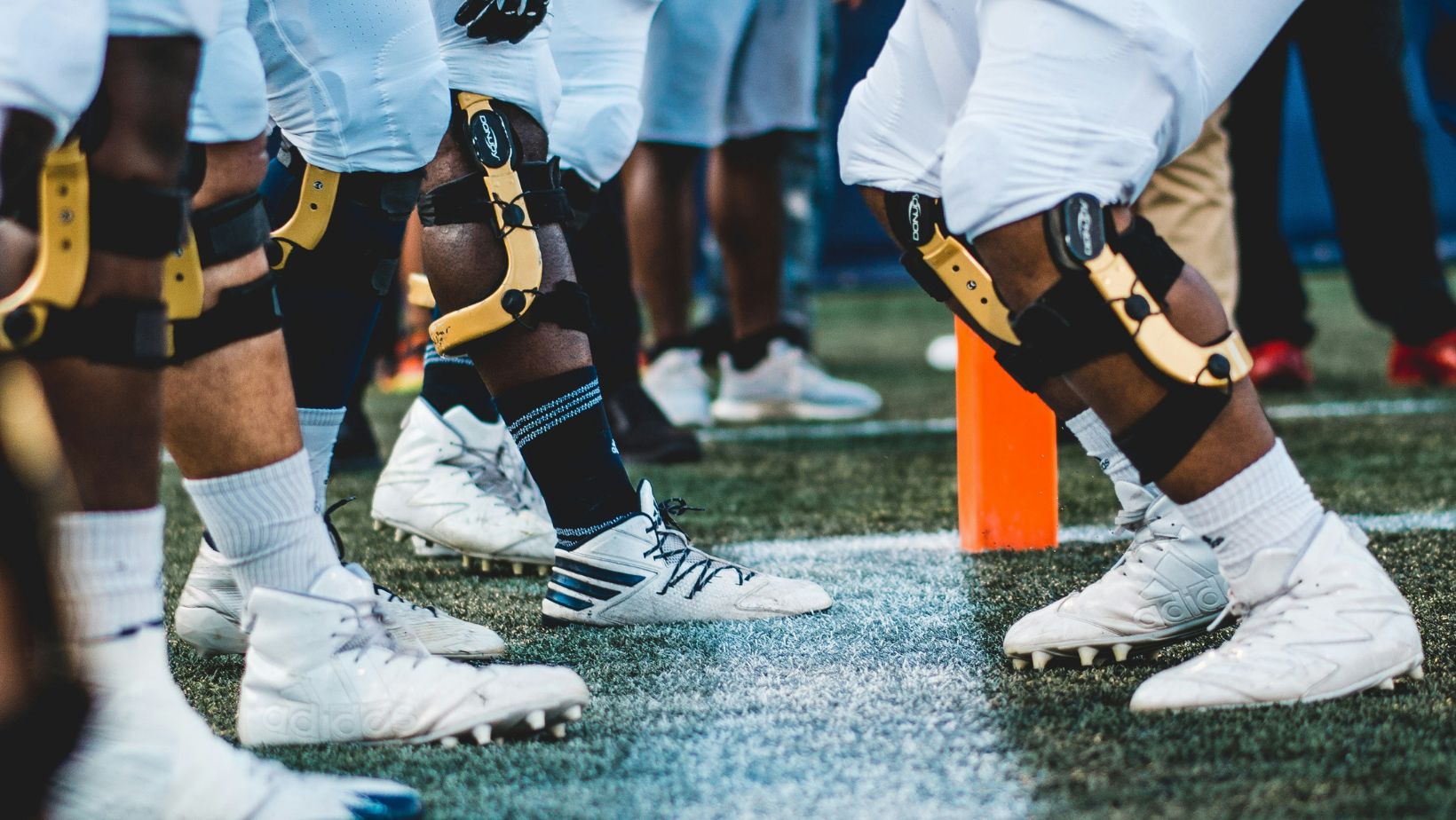
In the high-octane world of the NFL, injuries are an unfortunate but inevitable part of the game. Certain positions are more prone to injuries due to the nature of their roles. Understanding which positions experience the most injuries can shed light on the physical demands and risks involved in professional football. Let’s explore the NFL positions that see the highest injury rates.
Running Backs Face Constant Physical Punishment
Running backs endure significant physical punishment on the field. Their role requires them to sprint through defensive lines, often taking heavy hits from linebackers and defensive linemen. This position demands agility, speed, and strength, making running backs particularly susceptible to injuries. The constant collisions and tackles can lead to injuries such as concussions, knee injuries, and shoulder dislocations. The physical toll on running backs is substantial, making their injury rates among the highest in the league.
Wide Receivers and Their High-Speed Impacts
Wide receivers, known for their speed and agility, are also at a high risk of injury. Their position requires them to make sharp cuts and explosive sprints while trying to catch passes. They often collide with defensive backs at full speed, which can result in severe injuries. Common injuries for wide receivers include hamstring strains, knee ligament tears, ankle sprains, and even concussions they sustain from helmet-to-helmet hits. The high-speed impacts and sudden changes in direction put immense stress on their bodies, increasing their susceptibility to injury.
Offensive Linemen and the Trench Warfare
Offensive linemen engage in what can be described as trench warfare on the football field. They are responsible for protecting the quarterback and creating running lanes for the backs. This position involves a lot of physical contact and pushing against massive defensive linemen.
In the chaos of the line of scrimmage, the battles that take place are often critical to a game’s outcome, where strength and technique are crucial. The constant shoving and blocking lead to injuries such as knee ligament tears, ankle sprains, and shoulder injuries. Offensive linemen’s injuries are often a result of the sheer physicality required in their role.
Defensive Backs and Their High-Risk Coverage
Defensive backs, tasked with covering wide receivers and preventing passes, are exposed to high-risk situations. They must match the speed and agility of wide receivers while also making quick decisions to intercept or block passes. This position’s demands can lead to injuries like concussions, knee injuries, and muscle strains. The high-speed chases and frequent collisions make defensive backs particularly vulnerable to injuries.
Linebackers and Their Dual Responsibilities
Linebackers have one of the most demanding roles on the field, combining the responsibilities of both defensive linemen and defensive backs. They must tackle running backs, cover tight ends, and sometimes blitz the quarterback.
This dual role subjects linebackers to frequent collisions and physical exertion. Injuries common to linebackers include concussions, shoulder injuries, and knee ligament tears. Their position’s versatility and physical demands contribute to their high injury rates.
Quarterbacks and the Target on Their Backs
Quarterbacks, the leaders of the offense, are often the target of aggressive defensive plays. While they are protected by offensive linemen, quarterbacks still face significant risks. They are vulnerable to being sacked by defensive players, which can result in injuries such as concussions, shoulder injuries, and broken bones. The high stakes and constant pressure to perform add to the physical toll on quarterbacks and is why NFL teams often have multiple back-up QBs. Because of their importance to the team, an injury to the starting quarterback can seriously affect NFL lines.
Conclusion
Injuries are a harsh reality in the NFL, with certain positions facing higher risks due to the physical demands of their roles. Running backs, wide receivers, offensive linemen, defensive backs, linebackers, quarterbacks, and special teams players all experience significant injury rates. Understanding the injury risks associated with these positions highlights the physical and mental toughness required to compete at the highest level of professional football.








